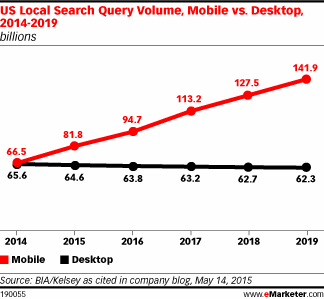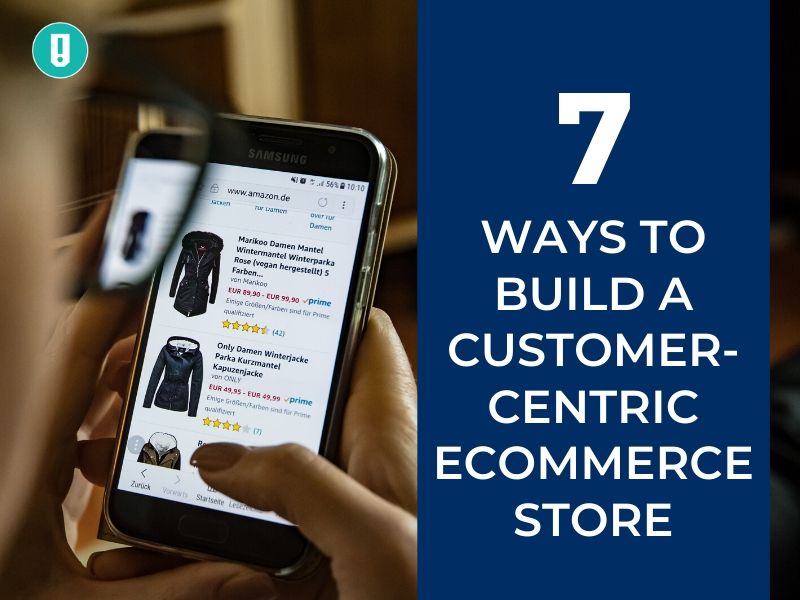“I would define Amazon by our big ideas, which are customer centricity, putting the customer at the heart of everything we do.” — Jeff Bezos, Founder & CEO, Amazon.
There is no better way to describe customer centricity. It is everything big and small that a business does to put customers first. Be it in eCommerce, where businesses don’t always meet customers in person, or in direct selling; customer centricity can be a major differentiator.
What makes customer centricity so valuable? 38% of U.S. consumers say the employees they interact with understand their needs (PwC). Also, customers are willing to pay a premium price for slightly better customer experience. Customer-centricity elevates a business’s approach to customer experience.
A customer-centric experience can drive revenue growth and also loyalty. For eCommerce brands, it is the antidote to fickle customer loyalty and cut-throat competition.
How can an eCommerce store become customer-centric? This forms the premise of this blog. Let’s look at some ways in which an online store can become customer-centric by adopting certain modern strategies.
Ways to make your eCommerce store customer-centric
Turning an eCommerce store into a customer-centric business is not an overnight job. It is an organization-wide cultural shift.
Right from the store’s website to the customer service, several aspects need to be reinvented to make the store customer-centric. Here are some changes that can make an eCommerce store truly customer-centric.
1. Be mobile-friendly
According to BIA/Kelsey research, in the past five years, mobile search query volume has surpassed desktops. The research suggests that 141.9 Billion searches are done through mobile, while 62.3 Billion searches are done through desktop sites.

The search engine giant Google has also started ranking mobile websites higher than desktop-only versions. In other words, having a mobile-friendly website has become imperative for all — including eCommerce businesses.
The result of having a mobile-friendly website is two-fold. First, it gives a superior shopping experience for mobile users. Secondly, it gives SEO advantages if your online store is reliant on organic traffic for sales. If you want your store to be customer-centric, begin with making the website mobile-friendly.
2. Have a virtual sales assistant
In a brick and mortar store, the moment you walk in, you have a charming store assistant who helps you find the product you’re looking for. In an online store, however, this facility cannot be implemented. But, there is a workaround.
It comes in the form of a live chat tool. A live chat tool is computer software that can interact with website visitors in real-time. It could be manned by an agent or could be independently handled by an Artificial Intelligence based chatbot.
In fact, advanced live chat software can go the extra mile by offering customers with product suggestions. These product suggestions will closely resemble the user preferences picked up from their shopping history or browsing patterns.

How does a live chat tool make an online store customer-centric? The fact that there is a person or a system that cares to make the shopping experience more convenient for the customer itself is an act of customer-centricity.
3. Be transparent about pricing
“For eCommerce, the most important thing is trust.” says Jack Ma, the founder of the Asian eCommerce behemoth Alibaba. Without trust, customers would be skeptical about sharing their personal information and payment particulars for online shopping.
61% of customers would abandon a shopping cart if they are shown last-minute shipping or transactional fees (Smallbizgenius).
Hidden costs and last-minute cost additions are all solid examples of deceptive pricing. It erodes the trust that a customer has on a business and makes them wary of buying from them in the future.
To win customer confidence, the business must have a transparent pricing policy. A transparent pricing policy makes it easy for the customer to determine the final bill amount before deciding to check out.
Transparency in pricing (and also returns policy is a hallmark trait of any eCommerce business. It is that trait that has turned Amazon, Alibaba, eBay, Zappos, and the likes into pioneers of eCommerce.
4. Showcase social proof
Social proof is an exhibit of other people’s choices, opinions, and reviews about a product or service. Think star ratings on Amazon or text reviews on app stores; they are user-generated content (UGC) that are authentic and created first-hand by customers who have used the product/service.
How does social proof tie-up with customer-centricity? Humans, by nature, are social beings. We want the assurance that the decisions we take are correct and agreed upon by others. Even when it comes to online shopping, customers look for the same assurance.
They want to know that other customers who have purchased the product have liked it, have established its utility, and are convinced of its genuinity. Social proof helps establish that.
If you want some lessons on how to use social proof to drive more eCommerce conversions, look no further than Airbnb. Airbnb showcases star ratings on various aspects of the property followed by text reviews from actual guests. This helps them remove any inhibitions or concerns that their prospective customers could be having.
The exhibit of customer ratings/reviews is also an indication that the business is willing to listen to customers’ feedback and suggestions — an indirect way of being customer-centric.

5. Quick checkouts
Did you know that 10% of customers would abandon shopping carts if the checkout process was unduly long? Let’s say you make a million in sales annually, cart abandonment due to a lengthy checkout process could cost you $100,000 in sales. Why should any business leave that kind of money on the table?
eCommerce checkout is sophisticated owing the process that the customer information has to be captured accurately for order processing. But, that doesn’t necessarily mean that the checkout process has to take too long. It can be concluded in just two to three steps.
Amazon reduced the entire process to just one click and patented it. The ‘one-click order’ has since then become an industry standard for eCommerce checkouts.

Even if your store cannot replicate one-click ordering, you can always strive to create a seamless checkout process that will make it easy for customers to conclude the transaction.
6. Be easily approachable
The advantage and disadvantage of selling online is that there is no direct interaction with customers.
While virtual interaction results in cost-savings, there is also a pressing need to make customers feel valued and taken care of. Also, when there is an issue with the order — like delivery being delayed, the wrong size delivered, or refunds not reflecting, customers should find the brand easily approachable to resolve the issues. They should not be made to feel stranded in front of the store’s virtual storefront.
Zappos is a brand that has shown the world how to ace the customer service game even through virtual means.
While most businesses want to keep their telephonic conversations with customers as short as possible, Zappos has a reverse approach to it. In fact, one of the brand’s customer service reps went on to set a record of the longest telephone call — clocking 10 hours and 43 minutes in a single sitting. Zappos uses these long telephone calls to build relationships with customers, and not just sales.
Watch the entire video here.
What customer-centricity lessons can we learn Zappos?
When it comes to interacting with customers, key metrics and industry benchmarks do not matter. The only true metric is customer happiness.
7. Deliver a stellar customer experience
According to McKinsey, “Today’s consumers do not buy products or services—more and more, their purchase decisions revolve around buying into an idea and an experience.”
Experience is the driving force behind customer’s buying decisions. Think Starbucks, Zappos, Disney World, or even Casper. These are brands are well ahead of their competitors because they are selling experiences and not just great products.
Take Starbucks which sells beverages (read: coffee). What makes the Starbucks experience different from other cafes is that it offers VIP treatment and express service through its mobile app.
The mobile app is indeed a convenience for customers who do not have the time to wait in long queues at a cafe. Furthermore, Starbucks incentivizes the transaction with loyalty points which can be tracked using the same mobile app.

What customer-centricity lessons can we learn from Starbucks?
- The mobile app experience is user-friendly which turns occasional users into habitual users of online orders.
- It makes the simple task of ordering coffee convenient and rewarding at the same time. This boosts customer engagement, resulting in more sales.
Customer as to the cynosure of your eCommerce business
Customer-centricity means one thing — making the customer the center of everything that a business does. Right from the way the product is showcased, to how the checkout process is streamlined and everything in between, eCommerce business can demonstrate customer centricity.
These strategies will not only make your customer-centric store, but also make your store a preferred one for customers.
Sam Makad is an experienced writer at Study Clerk and marketing consultant. His expertise lies in marketing and advertising. He helps small & medium enterprises to grow their business and overall ROI. Reach out to Sam Makad on Twitter or LinkedIn.






Leave A Comment